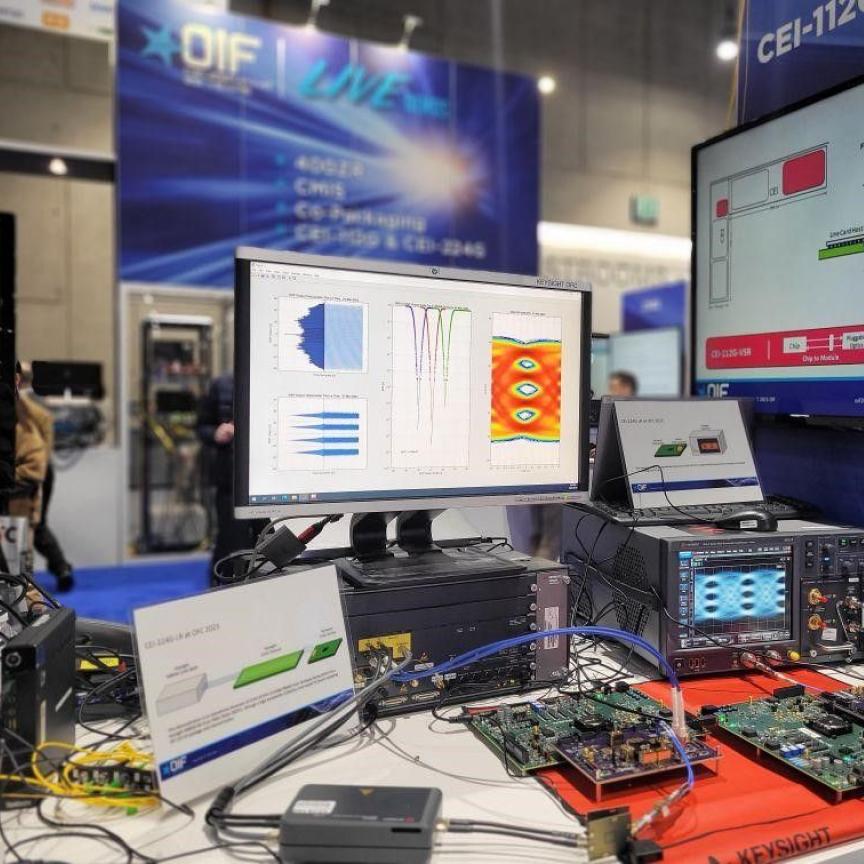Mark Lutkowitz on future 400ZR pricing, its impact on certain key vendors and the outlook for 400ZR+ and 800ZR
Despite unexpected short-term delays in volume shipments of 400-gigabit ZR devices, principally because of Covid-19, there have been concerted efforts by hyperscale data centre operators to dramatically reduce pricing in advance.
Arista Networks, which is a key gatekeeper, especially for Google, has, shockingly, been telling suppliers that the cost of admission is well below $2,000, more than three times less than a reasonably projected price for a 400ZR pluggable in the 2020s.
Current ZR Cost
There has been speculation in the industry that a Chinese vendor has been offering a price of $1,500 or less to Microsoft. It seems that may only apply to a CFP2 form factor, which would, on the face of it, be attractive only to the Chinese hyperscalers.
However, if there were sufficient scale and enough of a cost advantage, these large users could hypothetically turn to a white-box entity to help make a CFP2 workable. The supplier could then possibly make up for any potential cost disparity in selling these products to the Chinese cloud players.
Otherwise, the lowest price being offered in 2020-21, in totally meeting US standards, appears to be no less than $3,000 per ZR unit. Yet, even this cost level was not originally expected to be achieved until around 2023.
Getting below $1,500 cost
Undoubtedly, no higher than a $1,500 price in the US would only conceivably apply when there is some real volume of 400ZR being shipped, which is not anticipated to begin until the second half of 2021. It would likely be achieved with a contract over several years, with the early quantities purchased at a higher cost.
With a maximum length of 80km and the US market being divided between the QSFP-DD and OSFP form factors, it might appear a little more difficult to get pricing down so low. Yet, it must be remembered that the hyperscalers were extremely successful in arguably destroying the intra-data centre optics ecosystem by using every imaginable means of getting transceiver charges down to unhealthy levels, especially for companies not based in China.
It would not be too surprising if there were similar results in the data centre interconnect space. There is apprehension by 400ZR equipment providers that it is just a matter of time before one of them very severely undercuts the others on price. Still, while recent efforts in proving compatibility among suppliers are unsurprising, given the high degree of standardisation with ZR, it should not make much of a difference, as there should be a propensity to go with a single supplier to get the best deal possible.
Concerning the Chinese webscalers themselves, it is anticipated that they will deploy 400ZR gear in meaningful quantities at least a year after their American counterparts. The market dynamics in China are significantly
different than in the US.
There is not as much rush to start the slow process of cannibalising the optical system space in the cloud sector. All in all, it is probably not a coincidence that market research firms are increasingly lumping in 400ZR+ and 800ZR with their 400ZR projections.
400ZR+ and 800ZR
Interestingly, in turning to 400ZR+, while the timing of its entry in a big way is not totally certain, given the higher level of complexity compared with ZR, there is some movement toward the CFP2 form factor for even businesses outside of China, based on customer demand. There should be a noticeably higher number of 400-gigabit cards installed by the time 400ZR+ takes off. Nevertheless, router vendors will be forced to take a hit, as the port density penalty for CFP2 is high relative to the packet processor capability.
When it comes to 800ZR, the scheduling for this pluggable could easily not take place until at least 2025. Although the OIF will at some point start devoting resources to its development, Amazon is the only one of the big four US webscalers with definite plans in moving forward on just 400-gig at the moment.
Inphi vs Acacia Communications
The announcement by Marvell Technology of its intention to acquire Inphi may not have happened at a better time for the latter. Inphi, by itself, probably had adequate flexibility in dealing with any situation involving a 400ZR market crash, including potentially retreating to just offering the DSPs to enable the pluggables. The Marvell acquisition provides more of
a cushion, if pricing truly takes a substantial nosedive.
While similar to Acacia in needing approval from China to close its pending deal with Cisco Systems (and much of the politics will be influenced by the US election), I should be extremely surprised to see Inphi continuing to engage in its own public relations/marketing activities. Soon after the Cisco announcement, Acacia, to the present day, has given the impression that it needed to have a plan b, as the latter has been unusually devoting resources for its own self-promotion. In addition, this merger is different, in that it had a particularly negative impact on ZTE.

Mark Lutkowitz is principal at fibeReality


